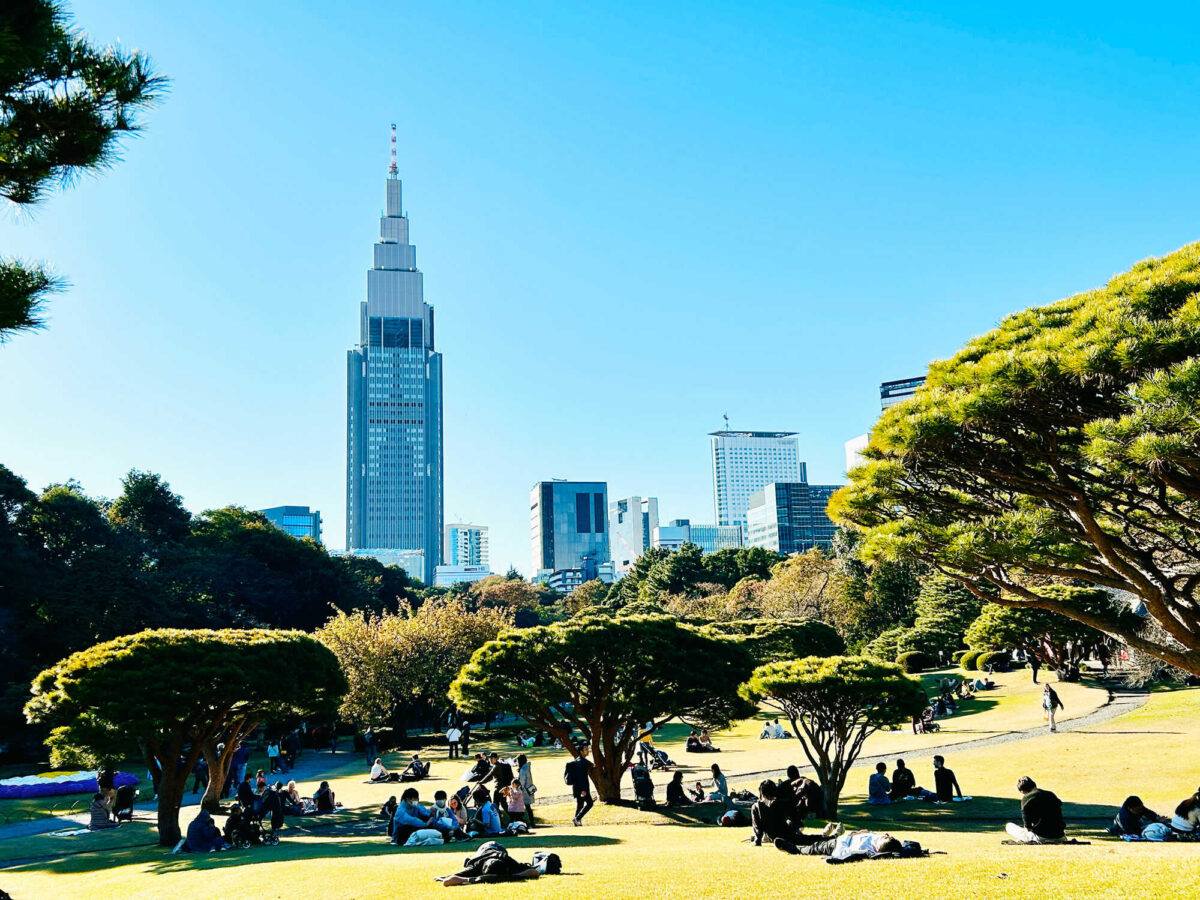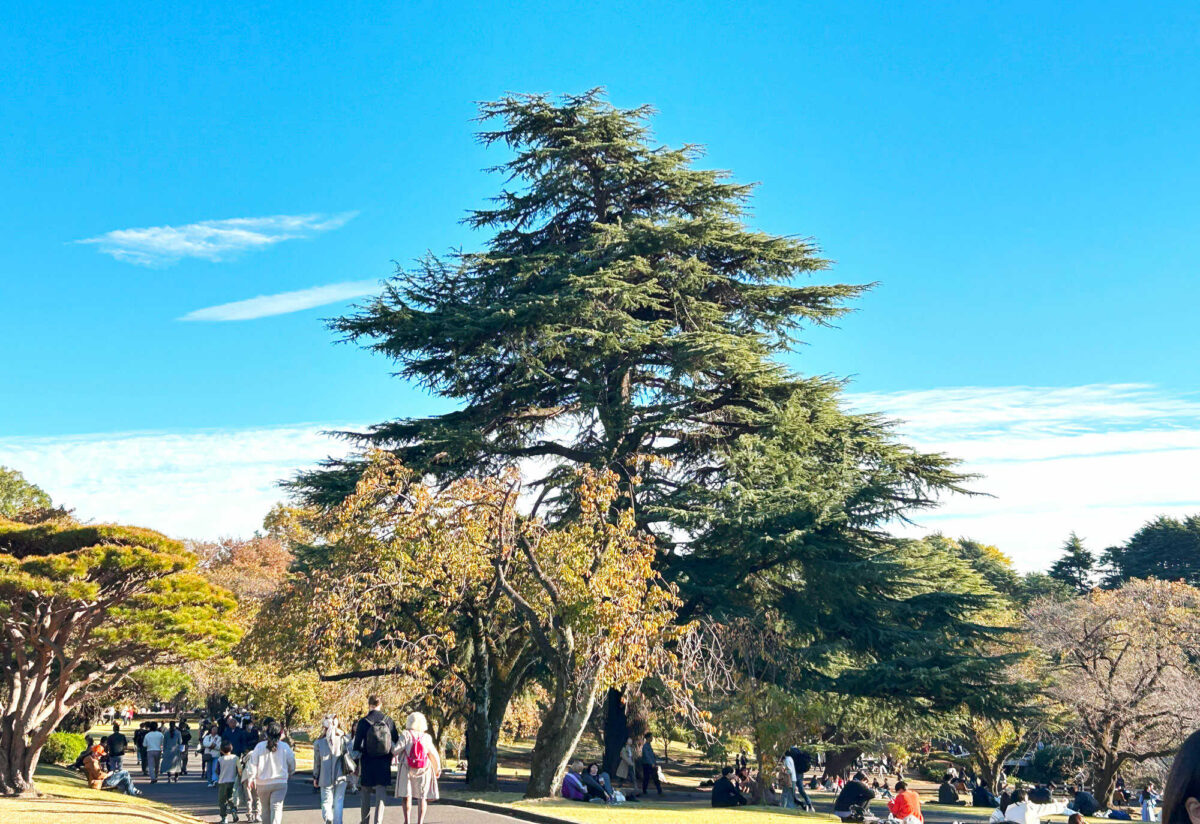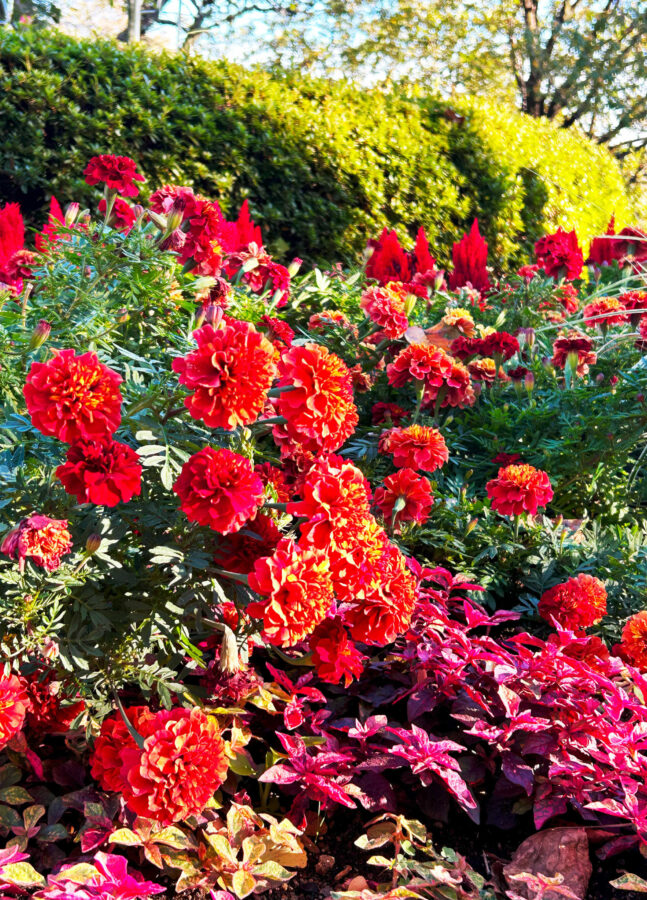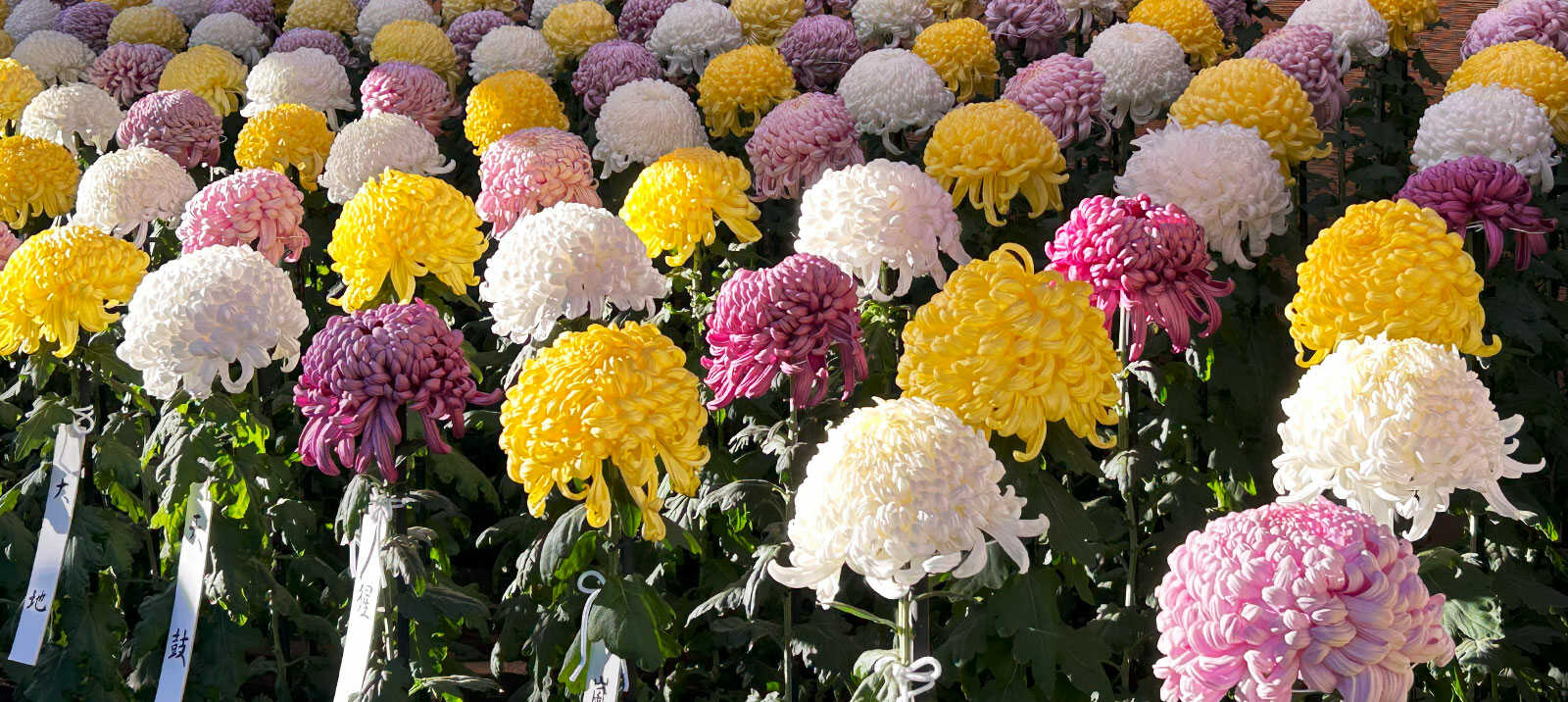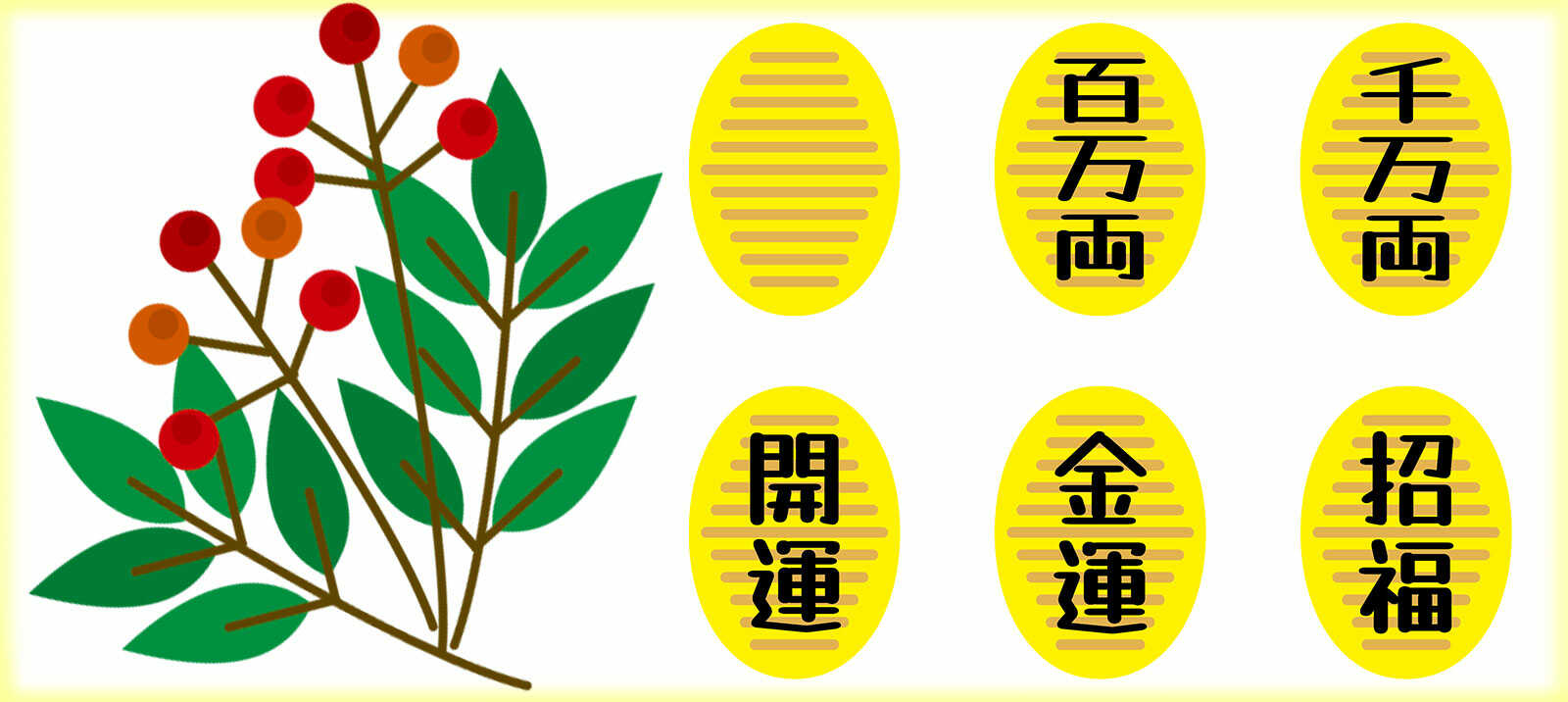(Due to the author’s busy schedule, the publication of the article has been delayed.)
One day in November 2023. Invited by the autumn cheerfulness to Shinjuku Gyoen National Garden. The Chrysanthemum Flower Garden Exhibition was being held, and there was a long line of people buying admission tickets.
Large Chrysanthemum “Kenroku Snow Peak”

The first thing that caught my eye was the large chrysanthemum ”Kenroku Yukiho” that was displayed in front of the Shinjuku gate.
I thought they were simply arranging chrysanthemums in a circle to make them bloom (which is amazing in itself), but it turns out that this is actually a branch separated from a single plant! Also known as ”Senrinzaki”, this is a method unique to Japan in which a single plant grows side branches to produce 1,000 flowers. It’s truly a masterful technique.
“Large chrysanthemum bed”
Next, I entered the garden and took a closer look at the large chrysanthemum flower bed. Chrysanthemums as large as a toddler’s head were lined up in a row of chrysanthemums on a roof made of wood and bamboo.
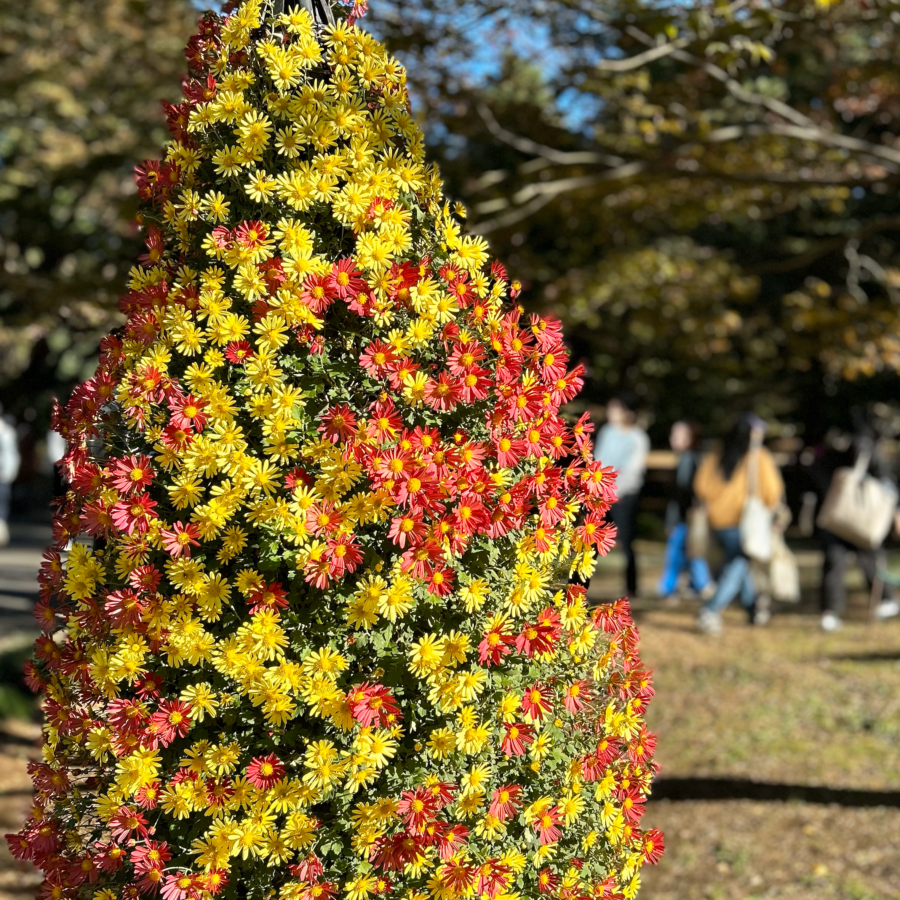


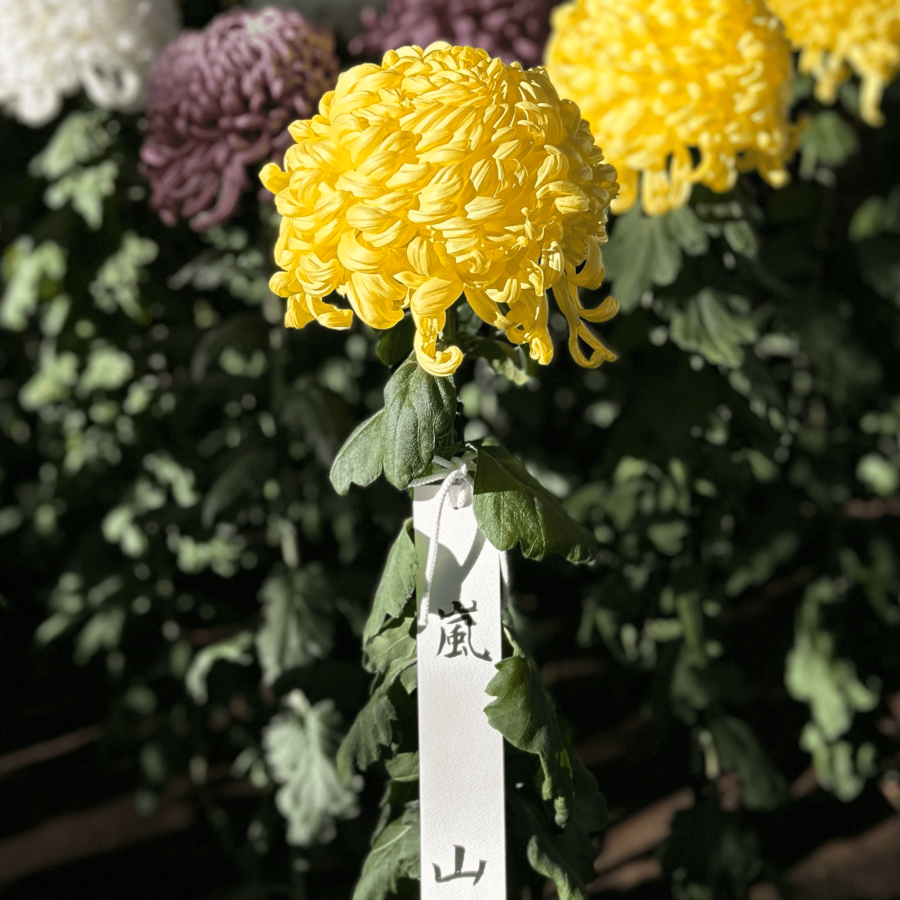

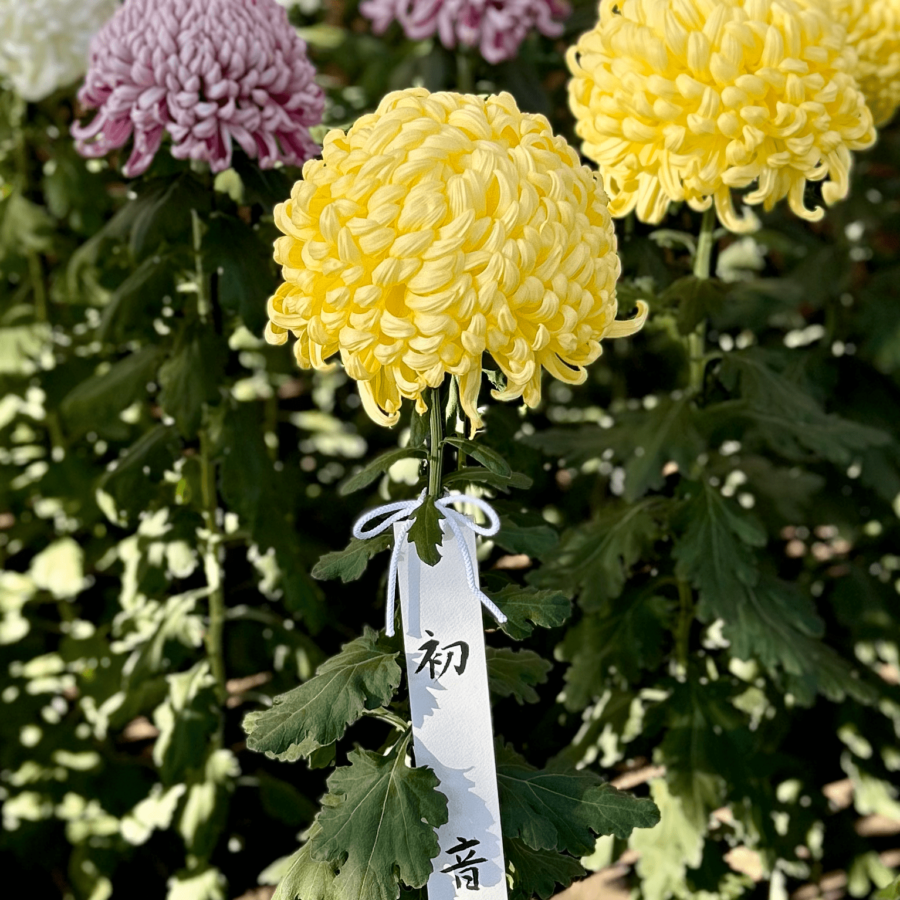
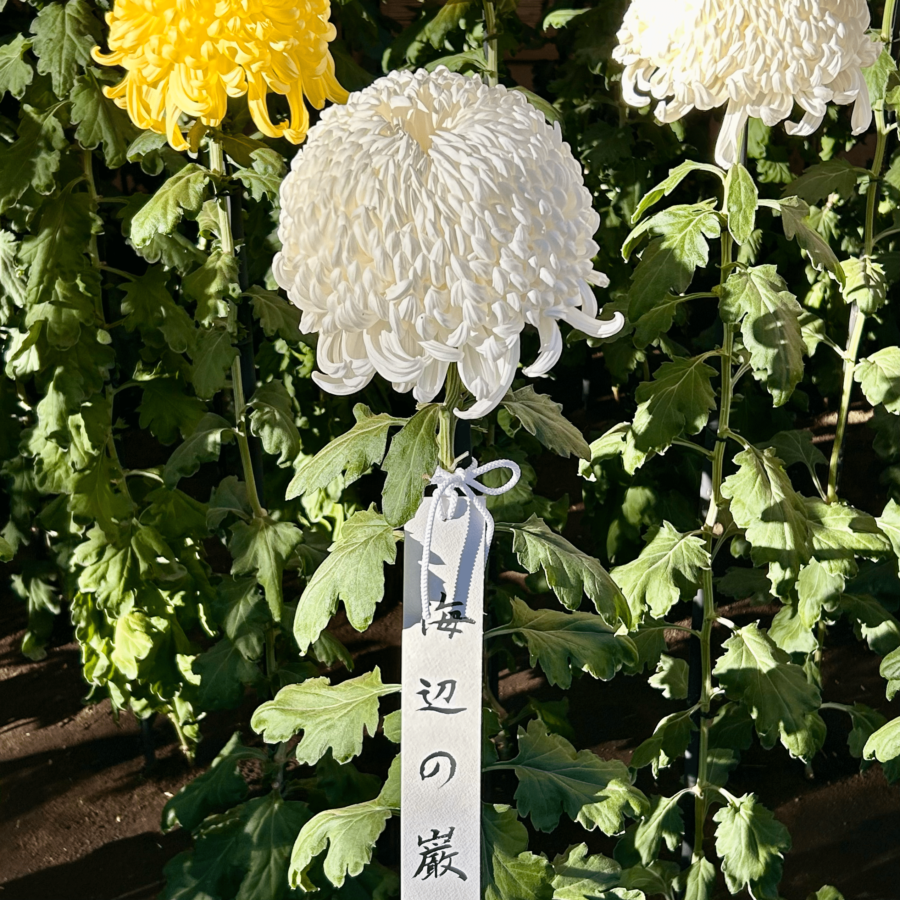
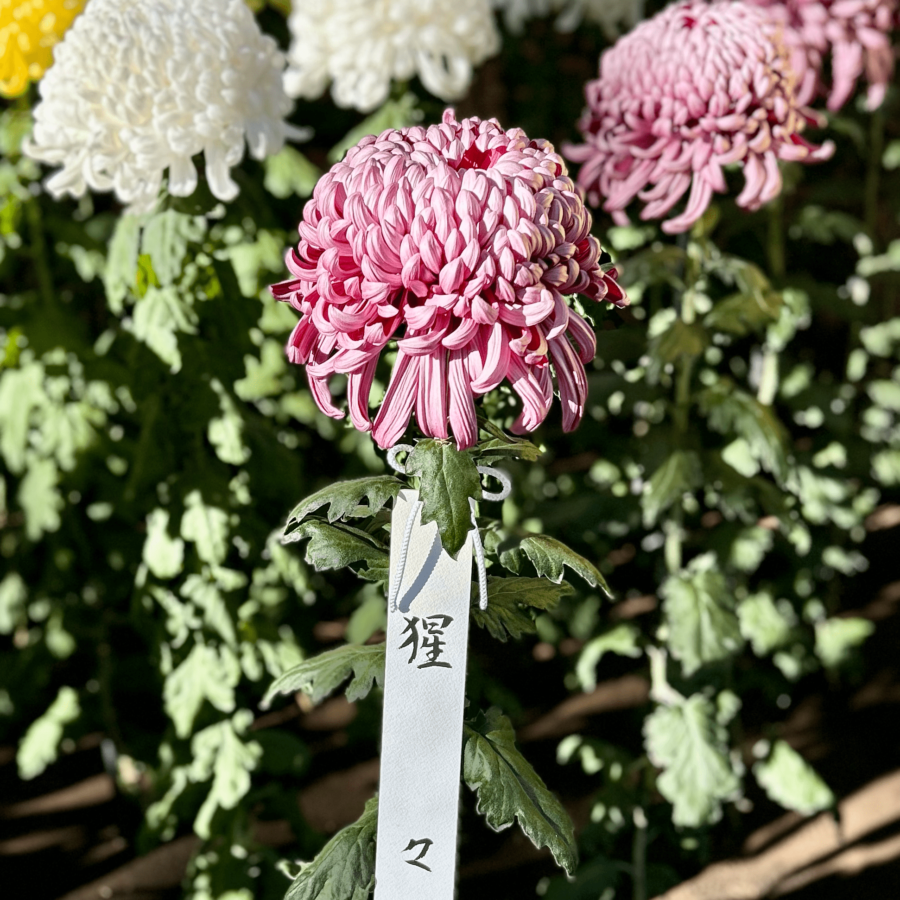
“Hana Chiru Sato”, “Aoi no Ue”, “Shirokane”, “Omoide”, “Arashiyama”, “Iwao on the Seaside”, “Hanaoboro”…all are names of chrysanthemums.
Not only are the chrysanthemums themselves beautiful, but their names are also uniquely interesting, transporting you to the classical world of “Hikarugenji” and “Hanachirusato”. I realized once again that I want to cherish the beautiful traditional beauty and language of Japan.
Since there were quite a number of photos, I’ve only included some of them, but I’ll take this opportunity to write down the names of the chrysanthemums I took.
Chrysanthemums from the “Big Chrysanthemum Flowerbed”
・白楽天(Hakurakuten) ・花散の里(Hanachirusato) ・音羽川(Otowagawa) ・歌占(Utaura)
・葵の上(Aoinoue) ・末の松山(Suenomatsuyama) ・しろかね(Sirokane)・思い出(Omoide)
・みちのく山(Michinokuyama)
・梅枝(Umegae) ・胡蝶(kocho) ・金冠(kinkan) ・越の白山(Koshinohakusan) ・誰ケ袖(Tagasode)
・初音(Hatsune) ・夕顔(Yugao) ・夕陽(Yuhi) ・雪解の澤(Yukidokenosawa) ・花朧(Hanaoboro)
・雲雀山(Hibariyama)
・東雲(Sinonome) ・加茂(Kamo) ・弥生の空(Yayoinosora) ・海辺の巌(Umibenoiwao)
・春の詞(Harunouta) ・台地(Daichi) ・天鼓(Tenko) ・猩々(Shojo) ・嵐山(Arashiyama) ・夕霧(Yugiri)
・笛の巻(Huenomaki) ・金剛(Kongo) ・綾瀬の月(Ayasenotuki) ・朱鷺(Toki)
By the way, that day I went to Shinjuku Gyoen National Garden on a whim, and I didn’t know that the chrysanthemum bed exhibition was held every year. In addition, there were multiple flower beds such as Edo chrysanthemum bed'',Higo chrysanthemum flower bed”, Kengai-zukuri flower bed'',Ise chrysanthemum, clove chrysanthemum, and Saga chrysanthemum flower bed”, and it was later discovered that there were various types of chrysanthemums. I found out about it.
I would like to see the actual Saga chrysanthemum, which is associated with Emperor Saga, and the Ise chrysanthemum, which is said to be an improved version of the Saga chrysanthemum. If you look at the photos, the petals of both are long and thin, and the Saga chrysanthemum looks like a firework, while the Ise chrysanthemum’s petals stand up like the tip of a broom. The real thing is sure to be as beautiful as if it had come out of a Japanese painting. Also, the flowerbeds made from hanging cliffs seem to be very luxurious.
The Chrysanthemum Flowerbed Exhibition is held from November 1st to 15th every year, and I immediately wrote it down in the November page of my 2024 notebook so that I wouldn’t miss the Saga chrysanthemums next time.
Please note that advance reservations will be required during the cherry blossom viewing season (March to April) (as of January 2024). You can also download maps of seasonal attractions from the Shinjuku Gyoen National Garden website. If you do some research, you’ll probably enjoy it even more.
Shinjuku Gyoen
Shinjuku Gyoen | National Park Association (fng.or.jp)
